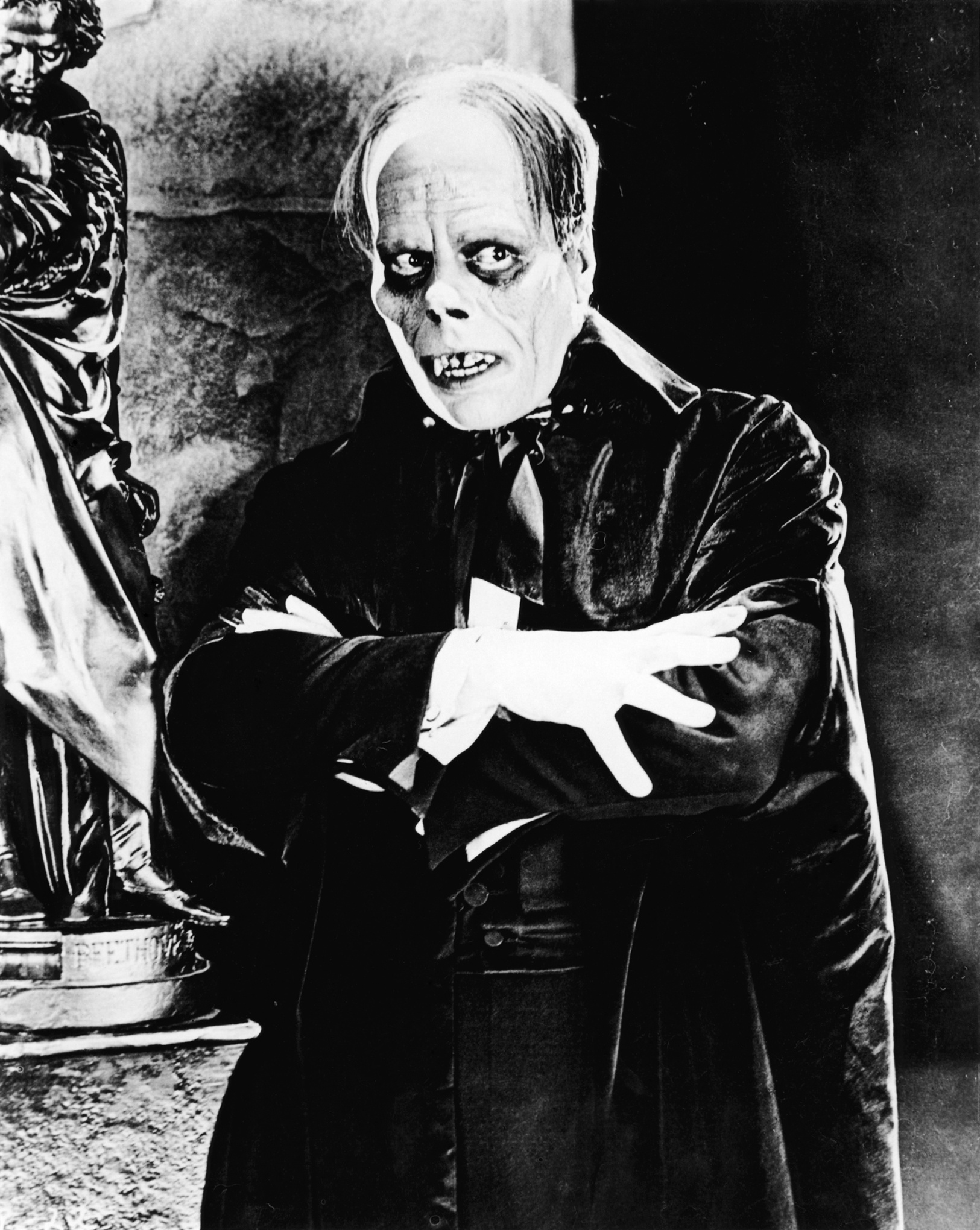The Icon of Horror for October 3rd
is..........................Bela Lugosi.
Béla Ferenc Dezső Blaskó (20 October 1882 – 16 August 1956),
commonly known as Béla Lugosi, was a Hungarian actor of stage and screen. He
was best known for having played Count Dracula in the Broadway play and
subsequent film version, as well as having starred in several of Ed Wood's low
budget films in the last years of his career.
Lugosi, the youngest of four children, was born as Béla
Ferenc Dezső Blaskó in Lugos (at the time part of Austria–Hungary, now Lugoj in
Romania (Ironic wouldn't you say)), to Paula de Vojnich and István Blasko, a
banker. He later based his last name on his hometown. At the age of 12, Lugosi
dropped out of school to pursue acting and became independent. He worked in a
mine and as a machinist while trying to find stage work.
 |
| Young Bela Lugosi |
Due to his activism in the actors union in Hungary during
the time of the Hungarian Revolution of 1919, he was forced to flee his
homeland. He first went to Vienna, Austria, and then settled in Germany where
he acted in his first film which was an early adaptation of Dr. Jekyll and Mr.
Hyde. Lugosi left Germany in October 1920, intending to immigrate to the United
States, and entered the country at New Orleans in December 1920. He made his
way to New York and was legally inspected for immigration at Ellis Island in
March 1921.
Lugosi was approached in the summer of 1927 to star in a
Broadway production of Dracula adapted by Hamilton Deane and John L. Balderston
from Bram Stoker's novel. He initially turned the role down but was asked to
reconsider when the actor from the English production also turned it down, he
accepted. The Horace Liveright production was successful, running 261
performances before touring. He was soon called to Hollywood for character
parts in early talkies. Despite his critically acclaimed performance on stage,
Lugosi was not Universal Pictures’ first choice for the role of Dracula when
the company optioned the rights to the Deane play and began production in 1930.
Director Tod Browning originally wanted Lon Chaney for the role, but Chaney
died of throat cancer before any deal was made. Lugosi was still not the front
runner for the role after Chaney's death, but knew he was destined for the
part. So he proceeded to lobby for the role by barraging Universal's president
with letters and telegrams, until he finally got the part.
When Lugosi first arrived in America he didn't speak English
so when he took English speaking roles he would memorize his line phonetically,
one syllable at a time. By the time Dracula came around he only spoke broken
English and only learned to speak fluently about 2 years after Dracula.
After the success of Dracula, Universal went into production
on Frankenstein and offered Lugosi the part. He would end up turning the role
down to the fact that he was not happy with the idea of playing a part with no
lines and covering his face with pounds of make-up. The role would end up going
to Boris Karloff. This choice would send Lugosi career into a downward spiral
as he was not giving a studio contract and was not considered big anymore. So
Lugosi, afraid of repeating his Frankenstein mistake, took almost every role he was offered.
Late in his life, Bela Lugosi again received star billing in
movies when filmmaker Ed Wood, a fan of Lugosi, found him living in obscurity
and near-poverty and offered him roles in his films, such as Glen or Glenda and
as a Dr. Frankenstein-like mad scientist in Bride of the Monster. During
post-production of the latter, Lugosi decided to seek treatment for his drug
addiction, and the premiere of the film was said to be intended to help pay for
his hospital expenses. According to Kitty Kelley's biography of Frank Sinatra,
when the entertainer heard of Lugosi's problems, he helped with expenses and
visited at the hospital. Lugosi would recall his amazement, since he didn't
even know Sinatra.
Lugosi died of a heart attack on August 16, 1956, while
lying on a couch in his Los Angeles home. He was 73. Lugosi was buried wearing
one of the Dracula Cape costumes in the Holy Cross Cemetery in Culver City,
California.
Count Dracula - Dracula (1931)
'Murder' Legendre - White Zombie (1932)
Dr. Vitus Werdegast - The Black Cat (1934)
Ygor - Son of Frankenstein (1939)
Bela - The Wolfman (1941)
The Monster - Frankenstein meets the Wolfman (1943)
Count Dracula - Abbot and Costello meet Frankenstein (1948)
Ghoul man - Plan 9 from outer Space (1958)







